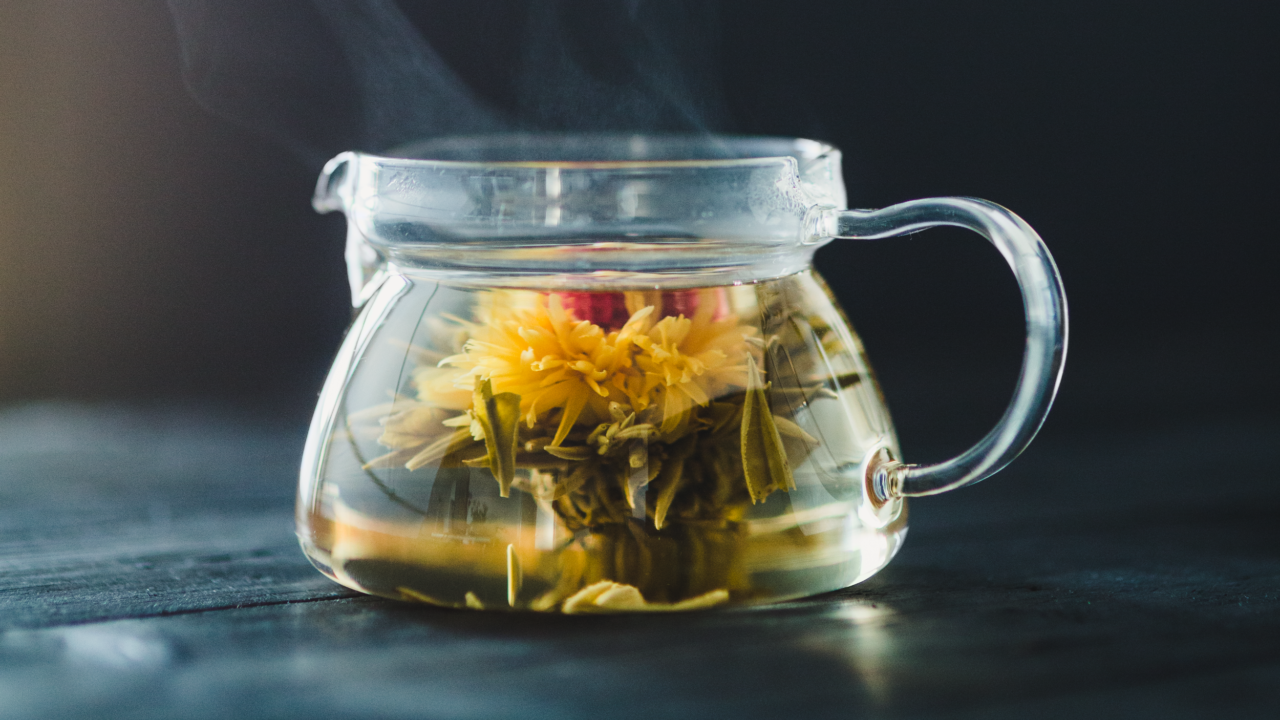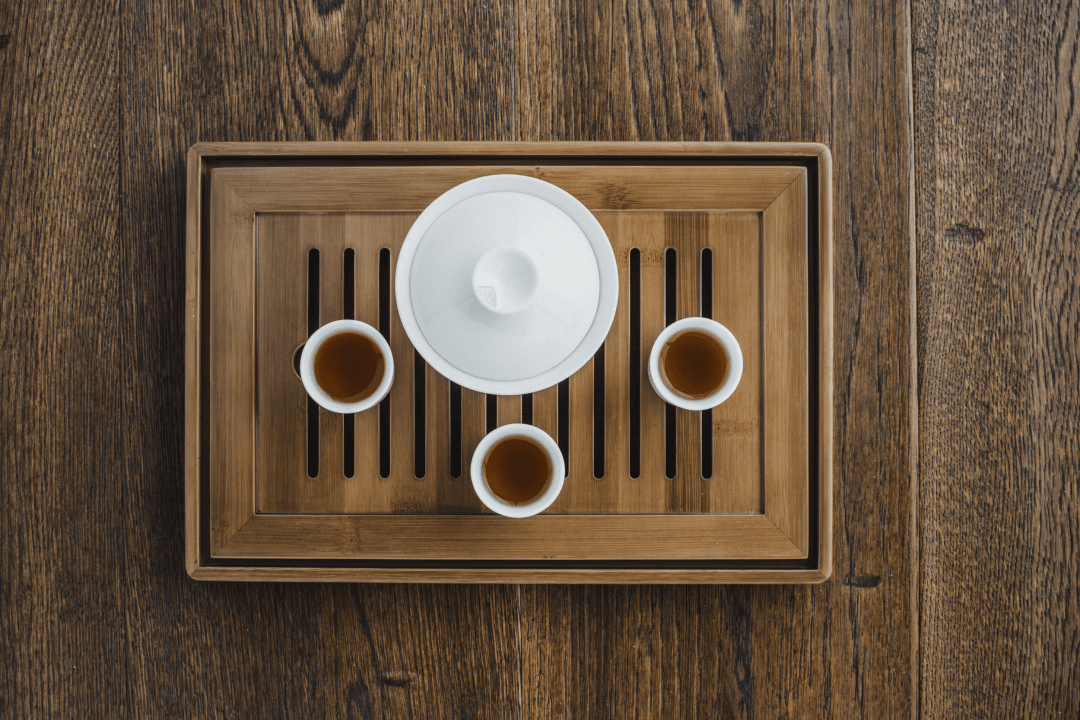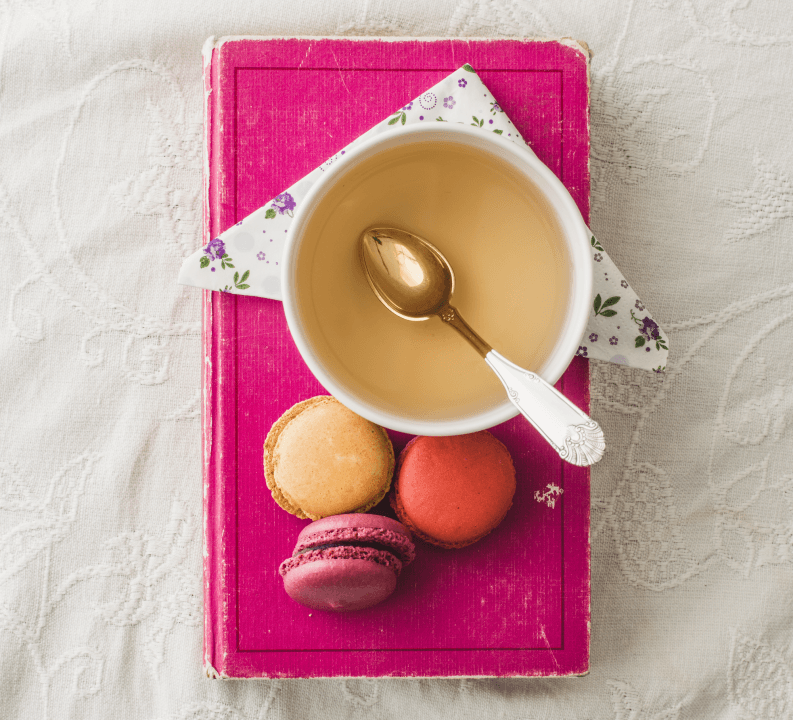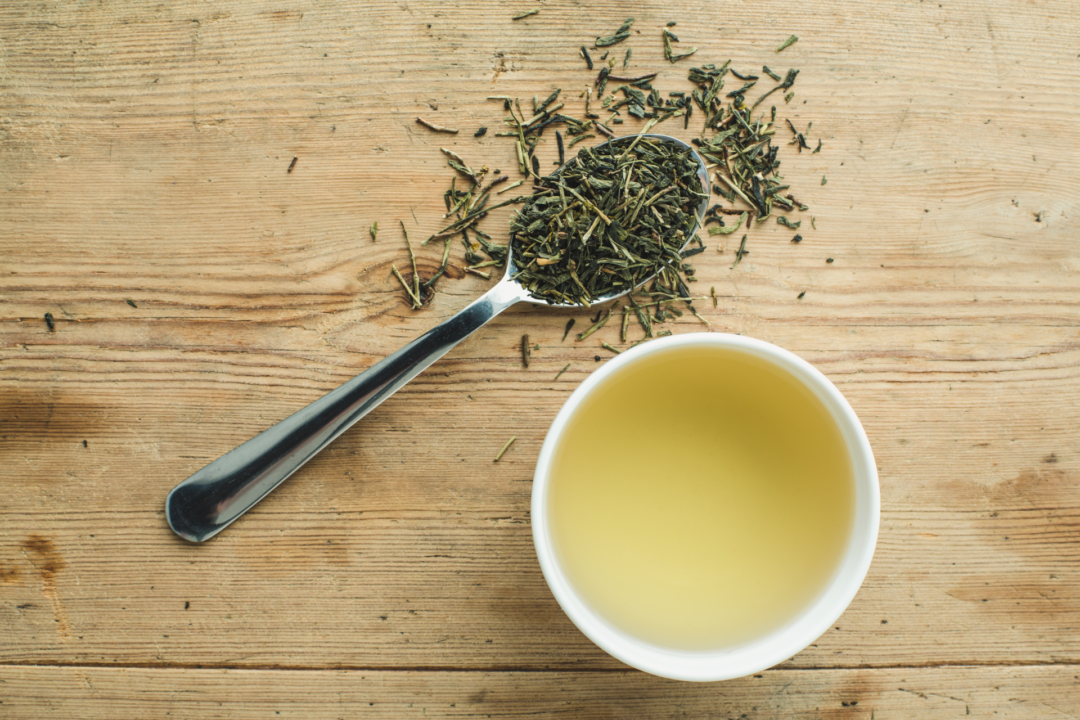Behind every pure tea is a versatile plant. Full-bodied, dark and strong, as well as elegant and extremely delicate. Often soothing, possibly invigorating, definitely invigorating. A leading figure for thousands of years already, but more relevant than ever. Meet the origin of the world's most popular brew: Camellia Sinensis.
In-depth interview with the world's most popular brew

Many people only know you from your teacup. Who are you really?
With thousands of years in the making, it's increasingly difficult to remember my early years as a young, wild child in Yunnan province in China. I vaguely recall accidentally ending up in the kettle of a Chinese emperor, Shen Neng, who immediately fell in love with the flavor I infused into his boiling water. Since then, I've shared tables with Chinese emperors and British imperialists, as well as Japanese cultural elite and Russian nobility. I've been thrown into the sea in political protest, cut up, bagged and mixed with everything from spices to citrus oil. Now you'll find me trimmed like a pretty little bush in tea gardens along much of the equator. And of course in countless teacups in most corners of the world.
"Since then, I've shared tables with Chinese emperors and British imperialists, as well as Japanese cultural elites and Russian nobility."
Camellia Sinensis
One plant, many colors

You're a plant with many qualities and talents - what's the secret?
How you experience me in the cup is influenced by many factors. The soil I grew up in, how high above sea level I've lived, who has nurtured me - and so on. While some choose me dark and powerful, others prefer my milder and more delicate sides. It's the way I'm treated after picking, "processing" as you call it, that determines what characteristics I get in the cup. The rougher I am treated, the darker and more powerful I tend to be perceived. Depending on these events, I am called everything from green and black tea, to oolong and white tea. If I have been left to mature for a while, I am called Pu Ehr.

There's a lot of talk about your positive health effects - can you vouch for these?
I have been the subject of research since the early 1990s, partly because it has been common in many cultures to associate my characteristics with a long and healthy life. This past December, The American Journal of Clinical Nutrition published eleven studies highlighting my health effects. Among researchers, my high content of the antioxidant polyphenols has attracted a lot of interest. The list of alleged health benefits is long, but I don't want to portray myself as some kind of super plant. That's for others to find out. It's also worth noting that the way I'm dried and processed has an impact on the substances you ingest. If I contain a large proportion of buds and shoots, I'm usually richer in caffeine, while you get the most antioxidants if you drink me as a green tea.
"The list of alleged health benefits is long, but I don't want to portray myself as some kind of super plant. That's for others to figure out."
Camellia Sinensis

With its wide range of flavors and properties, it's no wonder that the plant has become a favorite across borders, cultures and continents. Whatever your cup of tea, you can't avoid Camellia Sinensis.